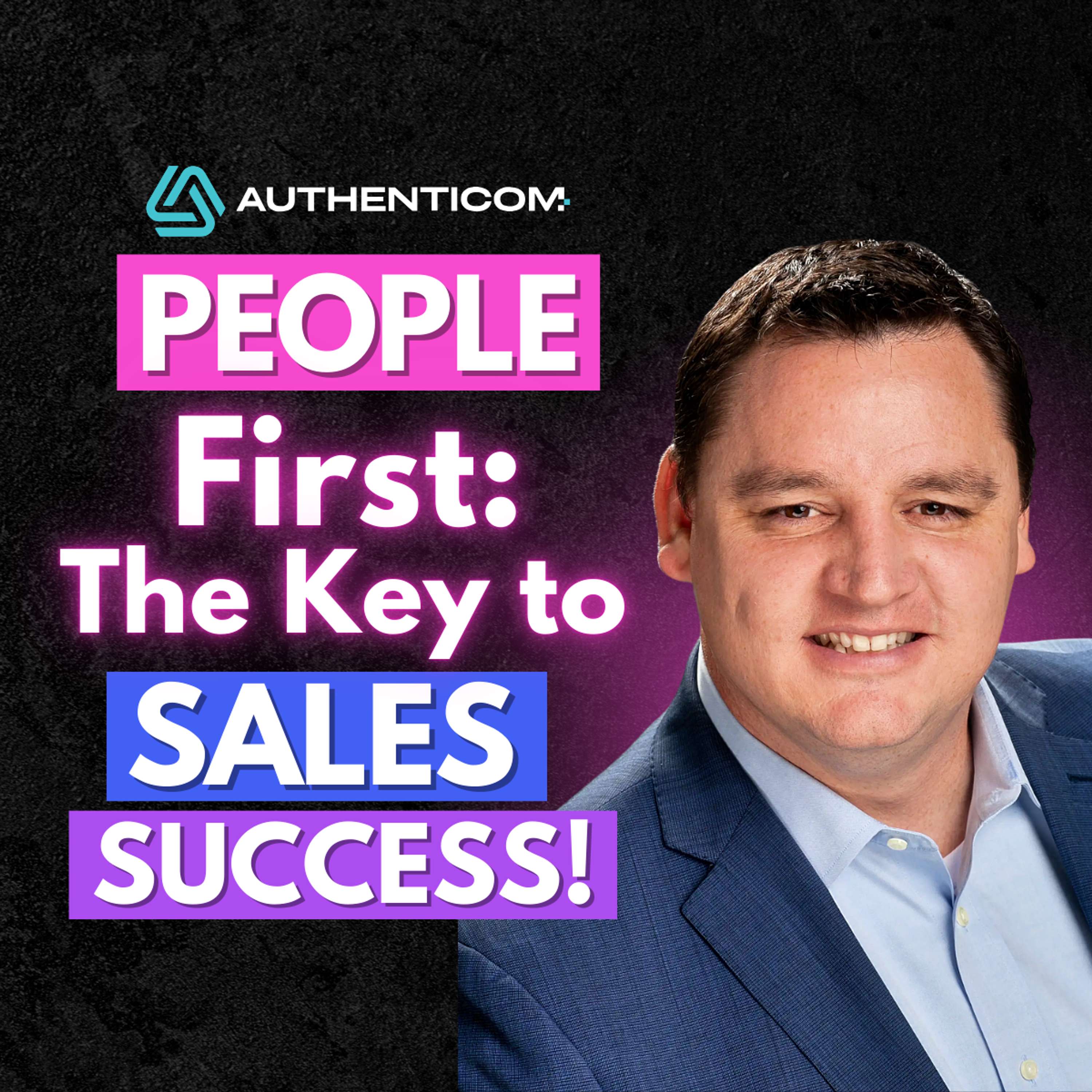10 Methodologies to Motivate Your Organization: A Sneak Peek from Jonathan Dawson's NADA Session

Welcome back to the blog! In this post, we're diving deep into the fascinating world of employee motivation within the automotive industry. We're incredibly excited to share insights gleaned from Jonathan Dawson's upcoming NADA 2025 presentation. He generously gave us a sneak peek into his session, outlining ten key methodologies dealerships can implement to foster a motivated and high-performing workforce. This isn't just about feel-good measures; it's about driving sustainable success and increasing customer loyalty by investing in the very heart of your business: your people. If you enjoyed our recent episode, What Drives Your Team? Ft. Jonathan Dawson, consider this a companion piece, expanding on the themes and strategies discussed. We cover Jonathan's upcoming NADA session: 10 Methodologies to Motivate Your Organization. Let's jump in!
Jonathan Dawson at NADA 2025: A Sneak Peek
Jonathan Dawson is a highly respected figure in the automotive consulting and training world. With years of experience working with dealerships of all sizes, he understands the unique challenges and opportunities within the industry. His upcoming presentation at NADA 2025 promises to be a game-changer for dealerships looking to elevate their employee engagement and overall performance. This blog post offers a glimpse into the core concepts and actionable strategies that Jonathan will be sharing at the conference.
The Core of Motivation: Culture, Leadership, and People
Before we delve into the ten specific methodologies, it's crucial to understand the foundational principles upon which they are built. Jonathan emphasizes that a truly motivated organization starts with a strong culture, effective leadership, and a genuine investment in its people. These three pillars are interconnected and interdependent. A positive and supportive culture fosters trust and collaboration, while effective leadership provides direction, inspiration, and opportunities for growth. Ultimately, it's the people – your employees – who bring the culture to life and execute the leadership's vision.
Consider this: a toxic work environment, even with the best pay and benefits, will ultimately lead to burnout and high turnover. Conversely, a positive and empowering culture can inspire employees to go the extra mile, even when faced with challenges. Leadership plays a crucial role in shaping and maintaining this culture, setting the tone from the top down and ensuring that everyone feels valued and respected.
Methodology 1: Implement a Robust Recognition Program
A simple "thank you" can go a long way, but a structured recognition program takes things to the next level. This involves formally acknowledging and rewarding employees for their achievements, contributions, and positive behaviors. This can take many forms, from employee-of-the-month awards to team-based bonuses to public acknowledgements during staff meetings. The key is to make the recognition meaningful and aligned with the company's values. Public recognition, even small gestures like a shoutout in a company newsletter, can boost morale and create a sense of belonging. Consider offering different types of rewards to cater to individual preferences. Some employees might appreciate a gift card, while others might value extra time off or a professional development opportunity.
Methodology 2: Foster Open Communication and Feedback
Communication is the lifeblood of any successful organization. Open and honest communication channels allow employees to voice their concerns, share their ideas, and receive constructive feedback. This includes regular check-ins with managers, opportunities for anonymous feedback, and transparent communication about company goals and performance. Implement regular surveys to gauge employee satisfaction and identify areas for improvement. Create a culture where feedback is seen as a gift, not a criticism. Encourage employees to provide feedback to their peers and managers as well, fostering a culture of continuous improvement.
Methodology 3: Provide Opportunities for Professional Development
Investing in employee development is an investment in the future of your organization. Offer opportunities for employees to expand their skills, knowledge, and career prospects through training programs, workshops, conferences, and mentorship opportunities. This not only enhances their capabilities but also demonstrates that you value their growth and potential. Consider creating a customized development plan for each employee, based on their individual goals and aspirations. This shows that you are genuinely invested in their long-term success within the company.
Methodology 4: Empower Employees Through Autonomy and Ownership
Micromanagement stifles creativity and motivation. Instead, empower employees by giving them autonomy and ownership over their work. This means trusting them to make decisions, take initiative, and solve problems independently. Provide them with the resources and support they need to succeed, but avoid hovering over their shoulders. When employees feel trusted and empowered, they are more likely to be engaged, motivated, and accountable. Clearly define roles and responsibilities, but give employees the freedom to approach their work in their own way. Celebrate successes and learn from failures, fostering a culture of experimentation and innovation.
Methodology 5: Promote a Healthy Work-Life Balance
Burnout is a serious problem in the automotive industry. Encourage employees to prioritize their well-being by promoting a healthy work-life balance. This can include flexible work arrangements, generous vacation time, and wellness programs. It's also important to set clear boundaries and discourage employees from working excessive hours. When employees feel supported in maintaining a healthy work-life balance, they are more likely to be productive, engaged, and committed to the organization. Lead by example, and encourage managers to prioritize their own well-being as well.
Methodology 6: Cultivate a Culture of Collaboration and Teamwork
Break down silos and foster a culture of collaboration and teamwork. Encourage employees from different departments to work together on projects, share ideas, and support each other. This can lead to greater innovation, efficiency, and a stronger sense of community. Implement team-building activities and events to strengthen relationships and foster a sense of camaraderie. Create opportunities for cross-departmental training and knowledge sharing.
Methodology 7: Clearly Define Goals and Expectations
Ambiguity breeds confusion and frustration. Ensure that employees have a clear understanding of their goals, expectations, and performance metrics. This includes setting SMART (Specific, Measurable, Achievable, Relevant, Time-bound) goals and providing regular feedback on progress. When employees know what is expected of them and how their performance is being measured, they are more likely to be motivated and successful. Use performance management software to track progress, provide feedback, and identify areas for improvement.
Methodology 8: Offer Competitive Compensation and Benefits
While money isn't everything, it's still an important factor in employee motivation and retention. Ensure that your compensation and benefits packages are competitive with other dealerships in your area. This includes salary, health insurance, retirement plans, and other perks. Regularly review your compensation and benefits packages to ensure that they are aligned with market trends and employee expectations. Consider offering performance-based bonuses or profit-sharing opportunities to further incentivize employees.
Methodology 9: Lead with Empathy and Understanding
Effective leadership requires empathy and understanding. Take the time to get to know your employees, understand their individual needs and challenges, and show that you care about their well-being. This can involve active listening, providing support during difficult times, and celebrating their successes. When employees feel that their leaders genuinely care about them, they are more likely to be loyal, engaged, and motivated. Regularly check in with employees, and make yourself available to listen to their concerns.
Methodology 10: Embrace Innovation and Continuous Improvement
The automotive industry is constantly evolving. Embrace innovation and continuous improvement by encouraging employees to experiment with new ideas, challenge the status quo, and seek out better ways of doing things. This can involve implementing suggestion boxes, holding brainstorming sessions, and providing training on new technologies and processes. When employees feel that their ideas are valued and that they have the opportunity to contribute to the improvement of the organization, they are more likely to be engaged and motivated. Implement a formal process for evaluating and implementing employee suggestions.
Creating Raving Fan Advocates
A highly motivated and engaged workforce translates directly into exceptional customer service. Employees who are passionate about their work are more likely to go the extra mile to satisfy customers, creating "raving fan advocates" who will not only return for future business but also recommend your dealership to others. This positive word-of-mouth marketing is invaluable in today's competitive market.
The Importance of Employee Retention
High employee turnover is costly and disruptive. It takes time and resources to recruit, hire, and train new employees, and it can also negatively impact morale and customer service. By implementing the methodologies outlined above, you can significantly improve employee retention, reducing turnover costs and building a more stable and experienced workforce. Remember, retaining experienced employees is far more cost-effective than constantly hiring and training new ones. Experienced employees are more efficient, more knowledgeable, and more likely to build strong relationships with customers.
Jonathan Dawson's Pinnacle Workshops
For dealerships looking to take their sales teams to the next level, Jonathan Dawson offers intensive training workshops at his Pinnacle Workshops training center in Atlanta. These hands-on coaching sessions provide dealers with the tools and strategies they need to improve sales performance, increase customer satisfaction, and foster a culture of excellence.
Conclusion: Driving Sustainable Success Through Motivation
Motivating your organization is not a one-time fix; it's an ongoing process that requires commitment, consistency, and a genuine investment in your people. By implementing the ten methodologies outlined in this blog post, you can create a workplace where employees feel valued, empowered, and motivated to achieve their full potential. This, in turn, will lead to increased productivity, improved customer service, and sustainable success for your dealership. We hope you found this sneak peek into Jonathan Dawson's NADA presentation helpful. Be sure to check out our podcast episode, What Drives Your Team? Ft. Jonathan Dawson, for more in-depth insights from Jonathan himself!


